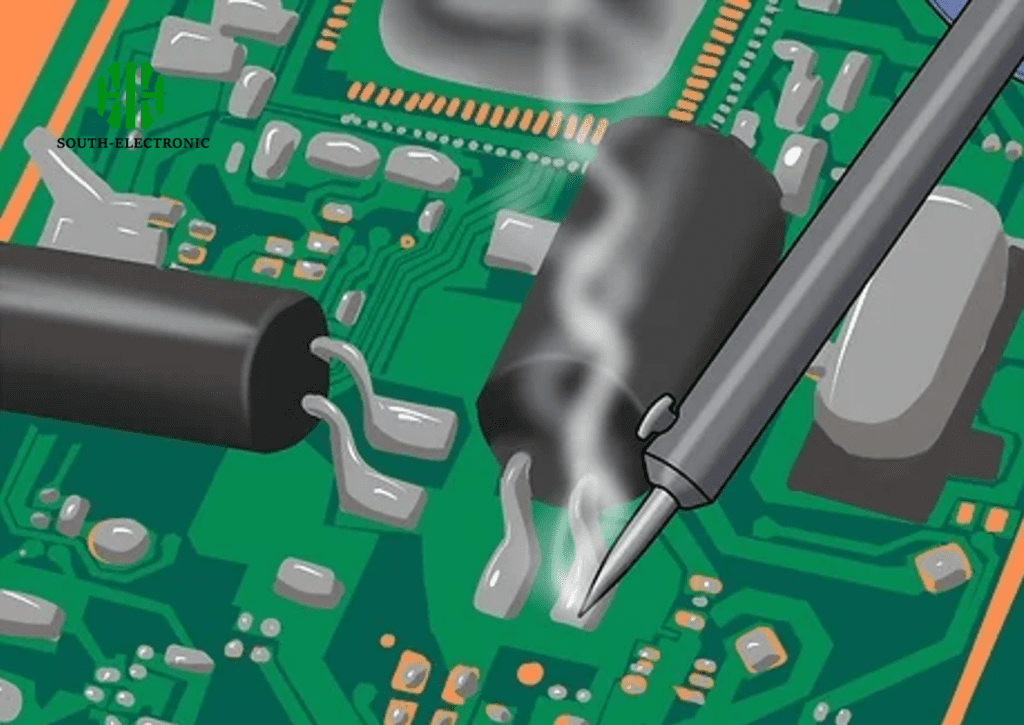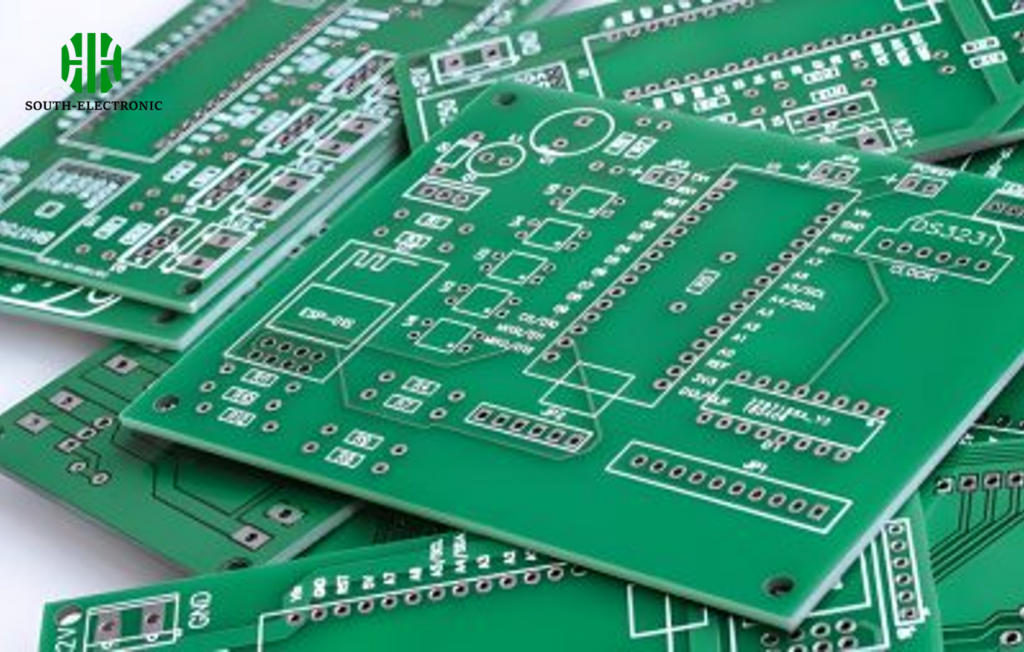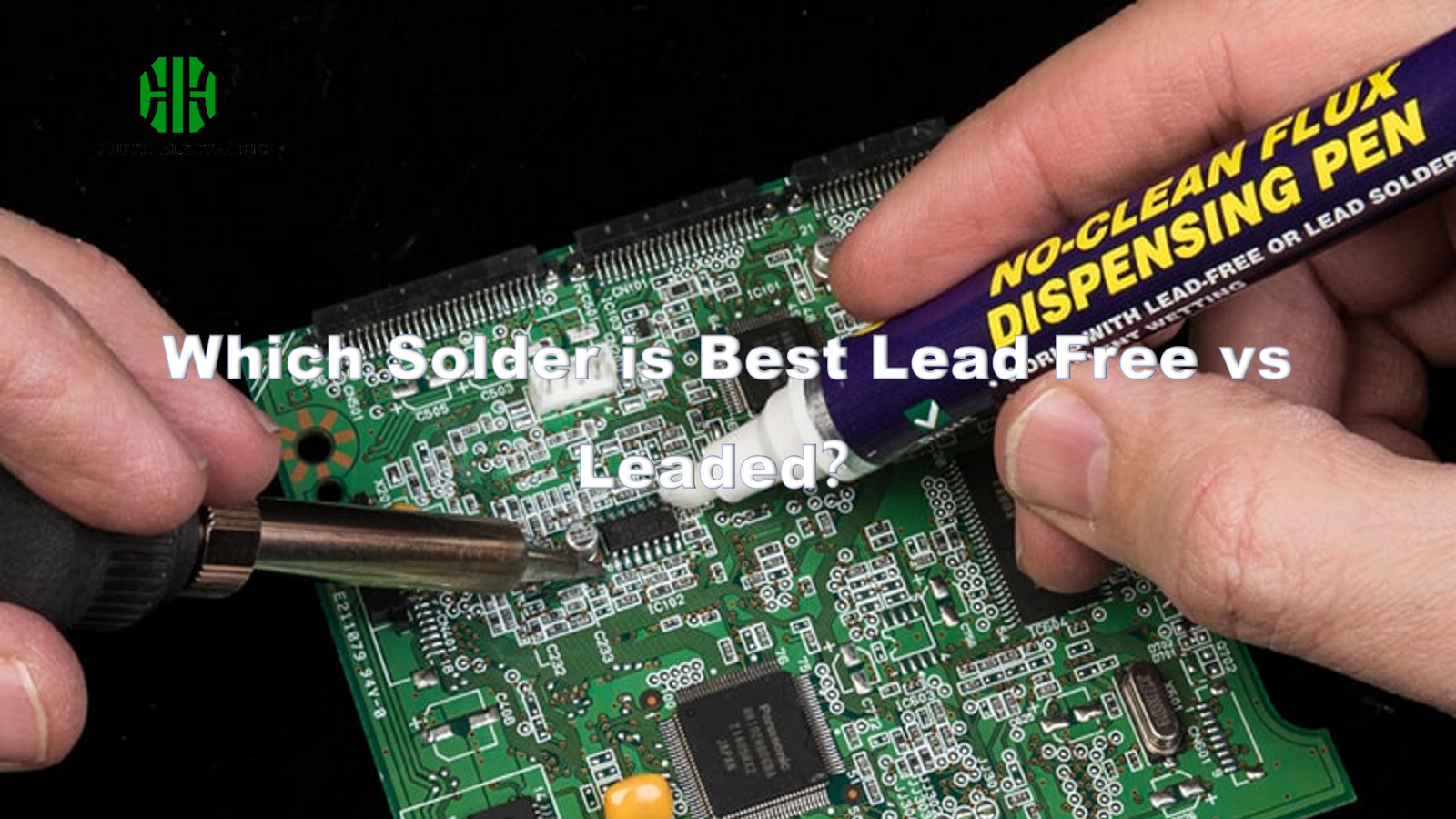Struggling to choose between solder types? Picking wrong risks weak joints or health hazards. Know these critical differences now.
Lead-free solder avoids toxic lead but requires skill. Leaded solder flows better and forgives errors. Your best choice depends on project needs: prioritize safety or ease.

Let’s explore key questions about lead-free solder together. These answers will reveal what truly works for your projects.
Does Lead-Free Solder REALLY Require Higher Heat?
Soldering frustrations mounting? Lead-free joints might look grainy without enough heat. This causes unreliable electronics.
Yes, lead-free solder typically needs 30-40°C higher temperatures than standard leaded types. Proper temperature control prevents cold joints.

Understanding Heat Requirements
Melting temperatures differ between common solder types:
| Solder Type | Melting Range | Tips for Success |
|---|---|---|
| Tin-Lead (63/37) | 183°C | Standard irons work well |
| Lead-Free (SAC305) | 217-220°C | Temperature-controlled tools required |
Higher heat creates challenges. Sensitive components like ICs risk damage at lead-free temperatures. You must work quickly. Thermal stress increases too. This can lift PCB traces during rework. Adjust your technique. Preheating boards helps. Use small tip sizes. Always check manufacturer specs. Quality flux reduces needed heat significantly. Some modern lead-free alloys now match leaded workability. Sac305 solder blends improved greatly. Try lower-melting alternatives like SnBi58 if heat sensitivity exists. Testing prevents disasters.
Is Lead-Free Solder REALLY Strong Enough?
Worried about cracked joints? Some technicians doubt lead-free durability. Failures mean expensive rework later.
Lead-free solder joints are equally strong for general use. Critical aerospace/military applications sometimes still prefer lead solder.

Strength Comparison Factors
Consider these critical performance aspects:
| Property | Lead Solder[^1] | Lead-Free Solder[^2] | Real-World Impact |
|---|---|---|---|
| Ductility | High flexibility | More brittle | Vibration resistance |
| Fatigue Resistance | Excellent | Good (improved) | Long-term reliability |
| Shock Absorption | Superior | Moderate | Drop impacts matter |
Brittleness remains the biggest worry. Lead free solder vs lead joints crack easier in freezing temperatures or constant vibration. Automotive electronics face this risk. Lead-free options improved though. Modern SAC305[^3] alloys handle normal stress better now. Avoid thin joints. I’ve seen thicker connections survive heavy tools. Critical systems need testing. Temperature cycling exposes weaknesses. Always inspect solder bead shapes. Dull finishes signal problems. Use lead-based solder for antique repairs.
Does Going Lead-Free ALWAYS Cost More?
Budget concerns stopping you? Initial costs scare many workshops. But hidden expenses exist both ways.
Lead-free solder materials cost more immediately. Long-term savings happen through reduced safety gear and waste fees though.

Cost Breakdown Reality
Key financial differences to weigh:
| Cost Factor | Lead Solder | Lead-Free Solder | Why It Matters |
|---|---|---|---|
| Material Price | 30% lower | Higher base cost | Bulk projects feel this |
| Ventilation Needs | Critical required | Reduced needs | Fume extractors cost $ |
| Waste Disposal | Hazardous fees | Standard recycling | Yearly savings add up |
| Training Time | Simple to learn | Technique practice | Beginner mistakes waste solder |
Material difference hits hardest initially. Lead solder vs lead free pricing shows 1lb rolls might cost double. But consider workflow. Expensive respirators get cut with lead-free usage. Disposal savings surprise shops. I avoid $200 quarterly hazardous fees now. Rework rates affect profit too. Lead solder’s predictability reduces errors. Production speed matters more than per-unit cost. Small shops might save overall. Volume manufacturers face bigger tool investments though. Check your local regulations—fines for lead usage exist.
Conclusion
Pick lead solder for easier use and flexible joints. Choose lead-free for safety and regulations. Your project’s priorities decide the winner.
[^1]: Discover why Lead Solder is still preferred in certain applications and its unique benefits for electronics.
[^2]: Explore the advantages of Lead-Free Solder to understand its safety and performance benefits for your projects.
[^3]: Learn about SAC305 solder, its composition, and how it compares to traditional solders for better project outcomes.



